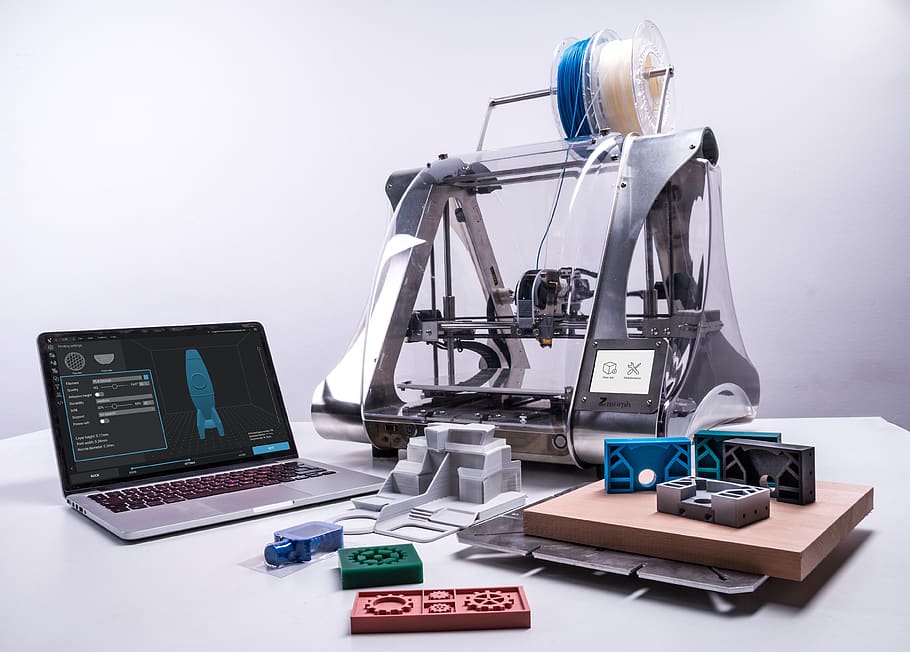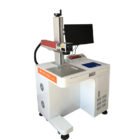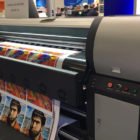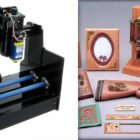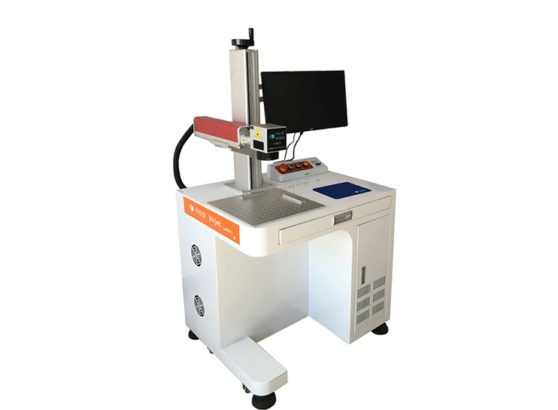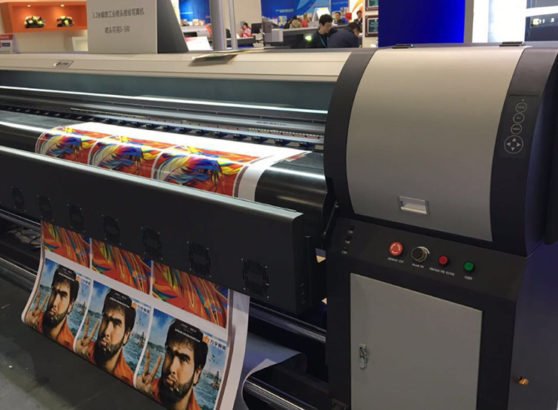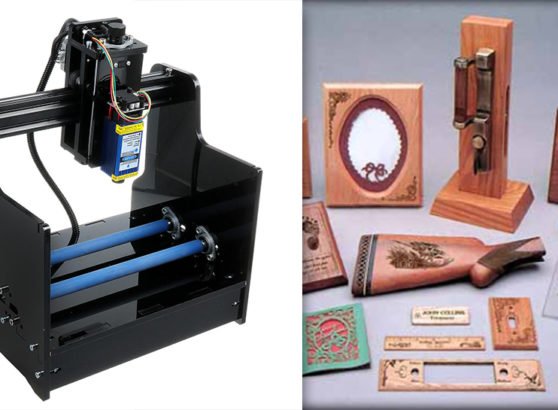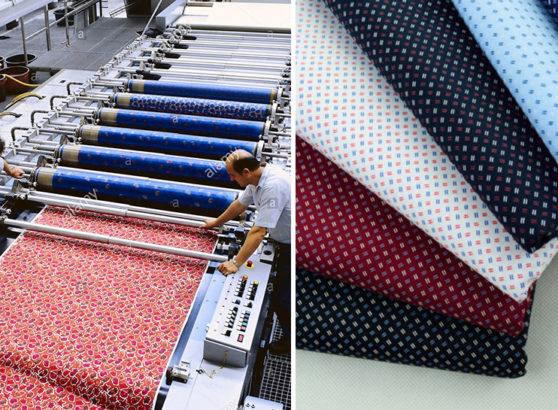Also known as Tampon Printing, pad printing refers to the process of transferring an image to a surface via a soft silicone pad. Pad printing has been a popular phenomenon since the 1960s and the technology surrounding it has only further developed.
The pad printing process is of great consequence to industrial applications as it is unmatched in its services by any other methods that have their limitations. The cognizance of the best pad printing machine is its capacity to render other methods redundant owing to its versatility and efficiency.
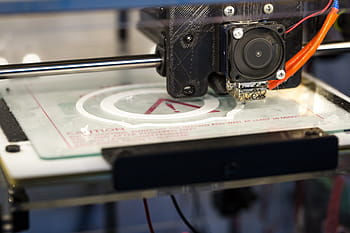
Pad Printing Methods
There are primarily two pad printing methods that are in heavy use: one is the more traditional, open inkwell system, and the second is the modern and more popular, sealed cup system.
The conventional system of an open inkwell draws its name from the open ink reservoir which floods the pad printing machine plate with ink. In this method, the pad printing solvents are exposed which causes them to evaporate and allows the ink viscosity to alter. This is a rather difficult method of pad printing and it takes an experienced operator to accomplish it properly.
It has its application in fields that require extended images, multiple colour changes and limited print runs.
The modernized version, the sealed cup version is called so because of its employment of an inverted cup which works dually to fill the pad printing machine plate with ink and also doctor it simultaneously. This is much more efficient as it serves the same purpose as the open inkwell system but is more manageable and does not require an experienced hand to operate it properly.
What are the advantages of a Pad Printing Machine?
There are various methods of printing designs on other surfaces. But pad printing remains the favourite of manufacturers. It has been around since the 60s and the reason its popularity remains steady is its scope for the printing of detailed and intricate designs on regular as well as irregular surfaces with ease and efficiency.
The best pad printing machine will have a number of advantages to boast of when compared to other industrial printing methods. It makes printing of random designs on any surface accessible while also providing increased versatility that other methods do not.
Pad printing machines are the same and often better than screen printing as they have increased functionality and offer a wide range of services that most other machines do not. A few of these services are:
- Easy printing of intricate and detailed designs
- Achievable printing on irregular surfaces
- Expeditious printing of complex designs
- Increased versatility
- Premium quality printing on virtually any surface
Pad Printing Automation
Great strides in this industry have been made ever since the invention of pad printing which has paved the way for innovative printing machinery and the need for printing pad machine automation. These machines are in constant demand as they are very functional and provide maximum output to manufacturers. This is a major reason for the heightened competition in the printing machine business.
There are many tampon printing machines available for use in the market. However, it is important to know the ones that will best work in your favour. In order to achieve this, you need to have complete knowledge about the different types of pad printing machines so that you can make an informed decision and invest properly.
- Motorised Pad Printing Machine: This is an electric machine and is very efficient as it does not allow excessive wastage of ink during the printing process. It uses minimal ink during the inking process which makes it extremely cost-effective. Moreover, its ink does not need to be cleaned every day and it also does not require an air compressor. It allows the use of different types of ink which makes it possible to print on varying surfaces like glass, metal and ceramics. Therefore, it can print on objects including industrial equipments, fans, canopy, pens, etc.
- Electric Pad Printing Machine: Similar to the motorised printing machine, an electric pad printing machine does not require an air compressor. It employs the sealed cup system which ensures zero wastage of ink and the surety of precise printing on any given surface. It has a maximum capacity of doing 1200 impressions every hour.
- Pneumatic Pad Printing Machine: It is very user-friendly and does not require a highly trained professional to operate it properly. It is suitable for printing on virtually any surface. It is a semi-automatic and has a capacity of doing 1000 impressions per hour. It is very efficient and has an accelerated capacity for performing operations.
Some of the best pad printing machines are:
- Pneumatic Single Colour BTM-80,
- Motorized Single Colour BTM-60ex,
- Pneumatic Double Colour with Pad Movement BTDPn-80 SPL
- Pneumatic Double Colour BTDPn-85.
Pad printing is a very popular printing method amongst manufacturers for its adaptability. It offers the same advantages, and at time even more, as screen printing and is extremely efficient. This is the go-to option for manufacturers dealing in the printing of detailed designs on normal as well as irregular surfaces.

